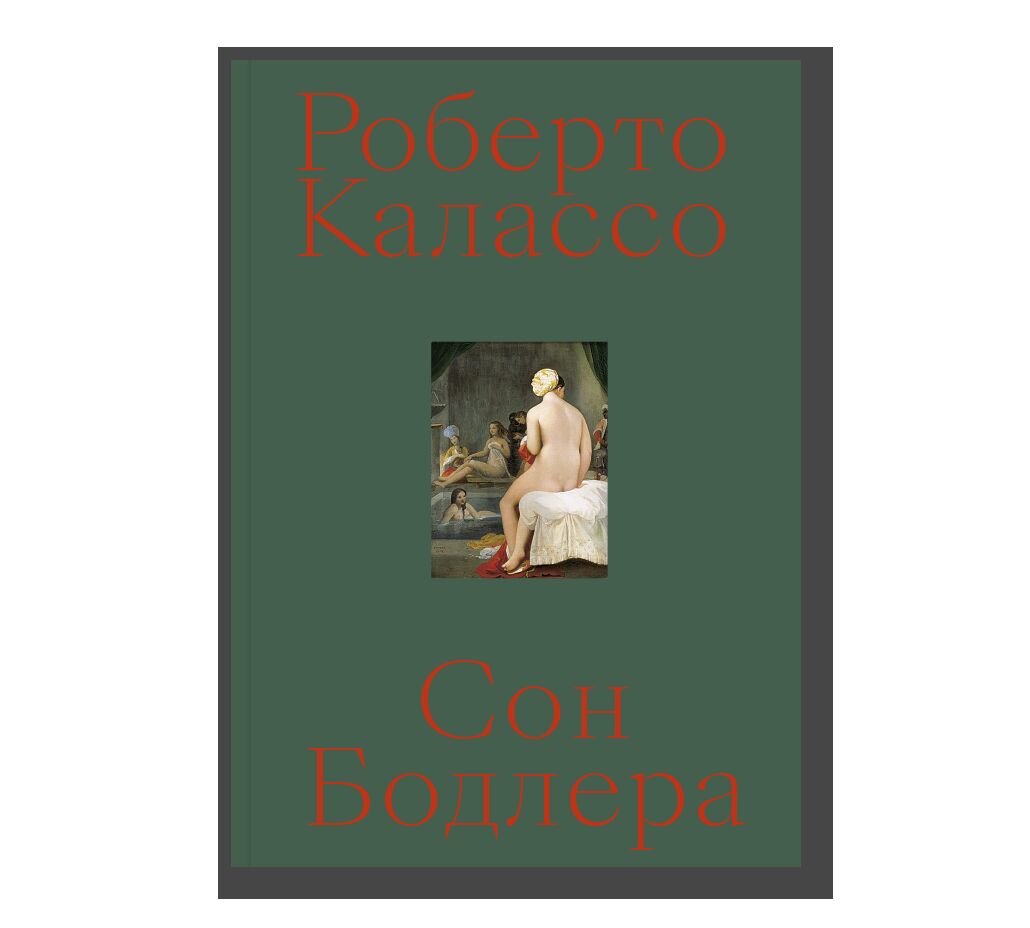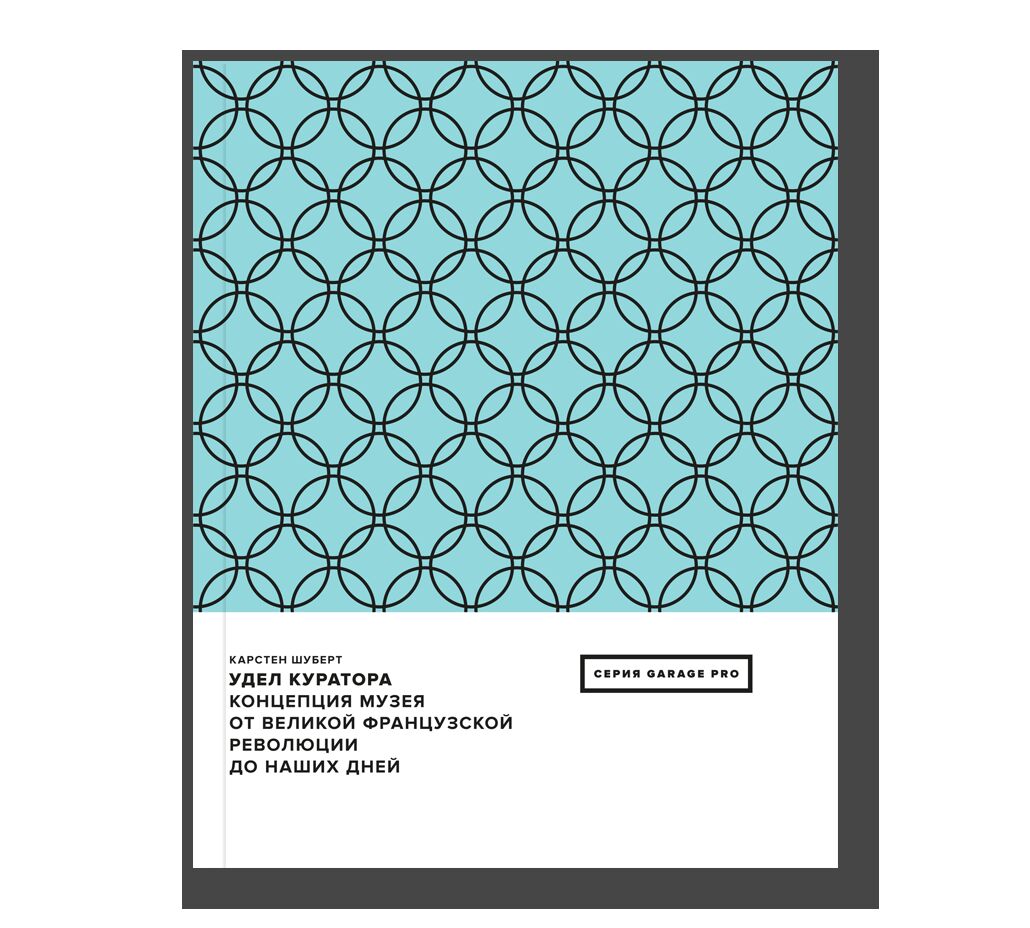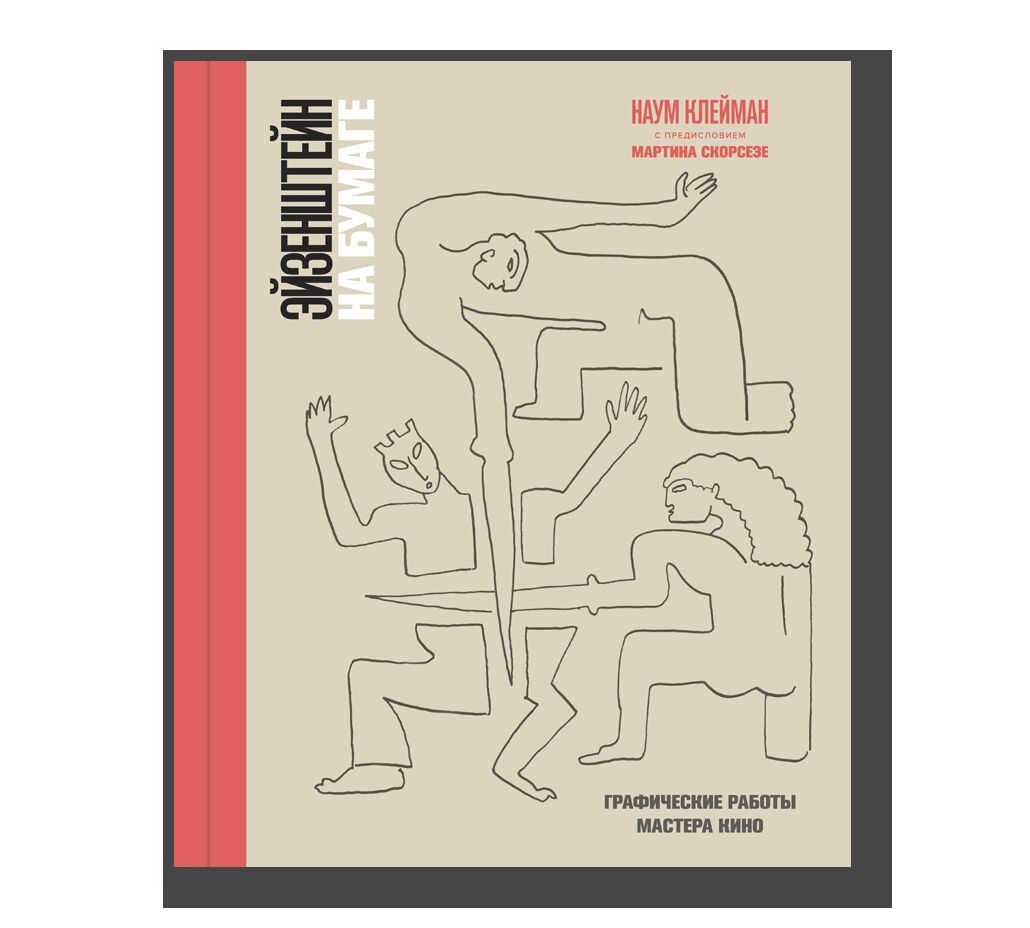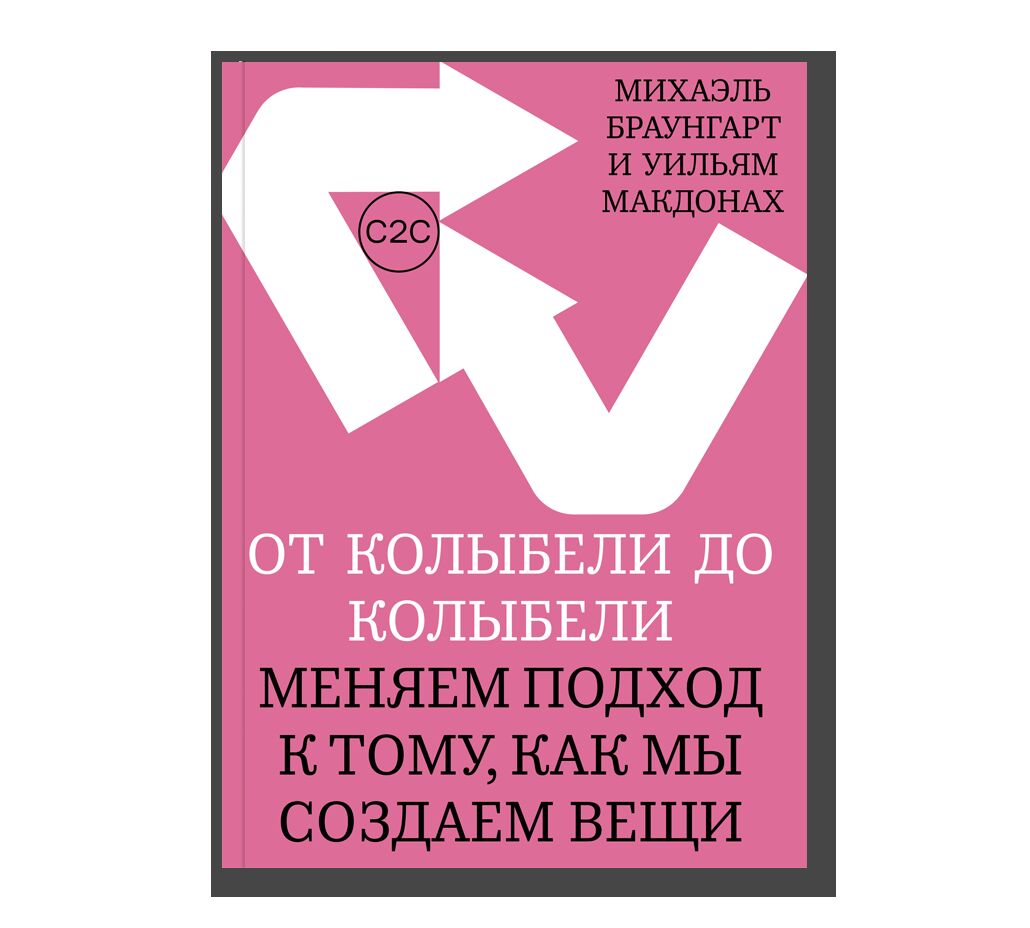The Curator’s Egg: The Evolution of the Museum Concept from the French Revolution to the Present Day
- Year: 2016
- Language: Russian
- Publisher: Ad Marginem
- ISBN: 9785911032807
- Page: 224
- Cover: paperback
- About the Book
Despite its name, Karsten Schubert’s The Curator’s Egg is not limited to the discussion of one of the central professions in art, but offers a more general analysis of museums and their history, inseparable from the history of curating. The book will be of interest to anyone who wishes to know more about the dramatic transformation of the museum concept since the second half of the 18th century, when the first museums were established.
The first section of the book traces the development of the museum from the 18thcentury until the 1980s—from the opening of the Louvre (the first museum as we know it) to the launch of the Centre Pompidou. In this part, Schubert also discusses the opening of the British Museum, Berlin museums of the late 19th and early 20th century, and New York’s Museum of Modern Art (MoMA). Exploring the museum’s role as a mouthpiece of the dominant ideology, Schubert shows how the latter has manifested itself in museums’ collections and display. The first non-European museum discussed is MoMA, which opened in 1929, and Schubert provides a detailed account of the revolutionary ideas of its first director, Alfred H. Barr. The section ends with an analysis of the postwar crisis of the European museum, followed by its revival related to the upheavals of 1968, and the opening of the Centre Pompidou in Paris.
The second section focuses on the unprecedented museum boom dating back to the 1980s. This era in the history of the museum is marked by the shift of focus from education to entertainment, the increasing importance of visitor numbers, museum buildings being designed by “starchitects,” the growing influence of politics and corporate capital on museum policies, and the tendency of choosing commercial projects over innovative ones.
As Schubert points out, in the past few decades, museum collections and permanent exhibitions have been increasingly neglected in favor of blockbuster shows. Artists and artworks in general have been losing their independence and turning into tools for attracting visitors to museums. Schubert diagnoses the current situation as “a battle for the life and soul of the museum.” He says, “the battle lines are drawn between, on the one hand, those who align themselves with the new museums as a great success story, over-run with visitors, the latest entrant in the ‘cultural-industry’ league, and, on the other, the keepers of the flame, the defenders of an old museum ethos, invoking primarily scholarly and educational goals.”
This populist and income-based business model, in Schubert’s view, has had a negative effect on the quality of exhibition projects. Entertainment is valued over education, and the visitor is seen as a passive consumer. Despite the growing number of temporary exhibitions, the range of artists and movements presented in museums has been contracting, as museums choose to host the shows that are bound to be commercially successful: shows of impressionism, postimpressionism, or the internationally acclaimed artists of the 20th century.
Another aspect Schubert focuses on is the conflicts of interest associated with political and business involvement of museum donors and partners: everything is being monetized. The museum collection is no longer seen as an unbreakable whole, and parts of it can be sold off. Essentially, this means that national heritage is being privatized.
Curatorial independence is also increasingly compromised: a curator is expected to produce successful shows before meaningful research projects. Schubert calls on the museum to renounce the approach suggested by cultural industry and return to its historical mission: “It is time for museums to return to their true business: preserving what lies in their care, and furthering knowledge.”





